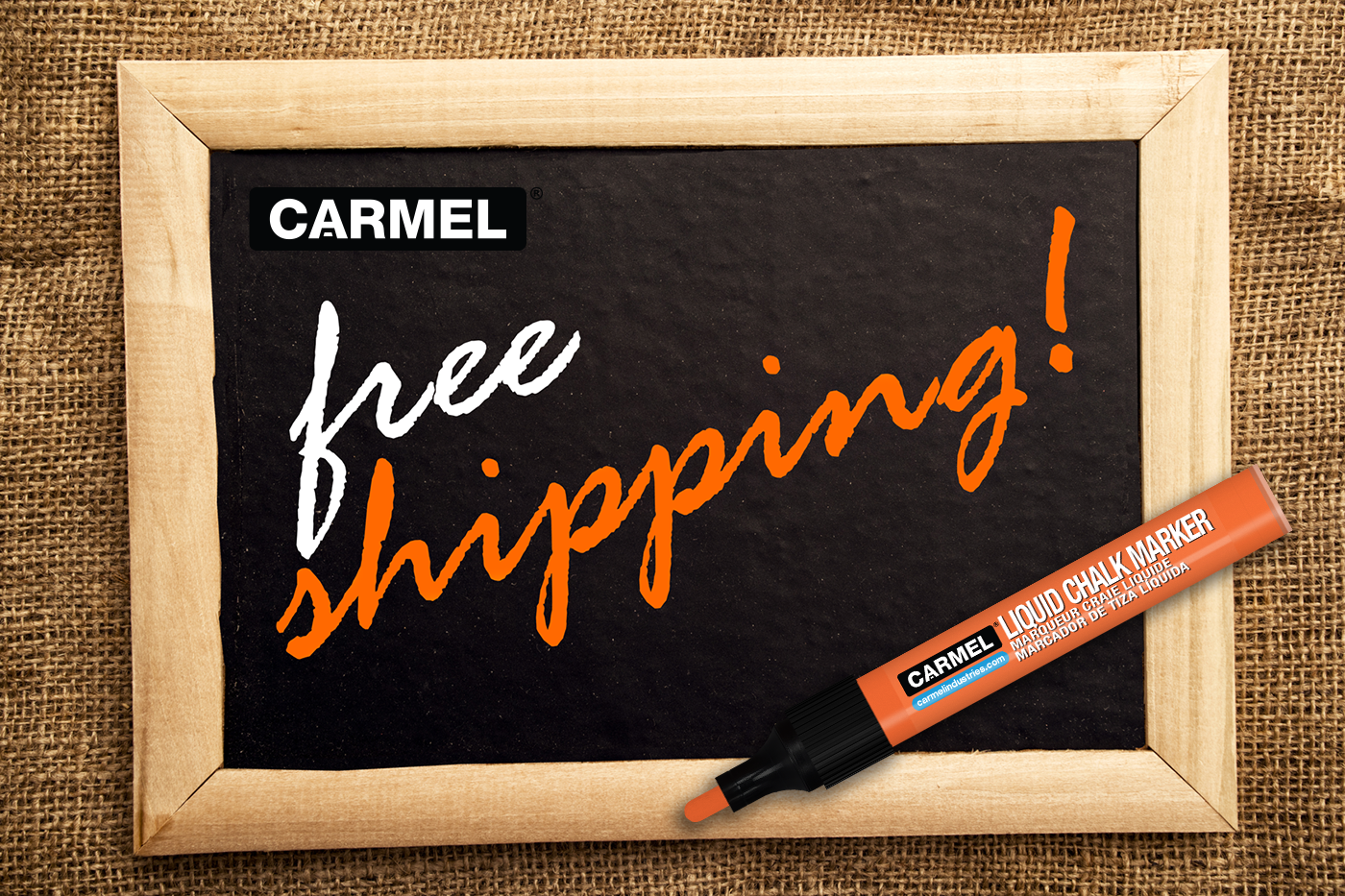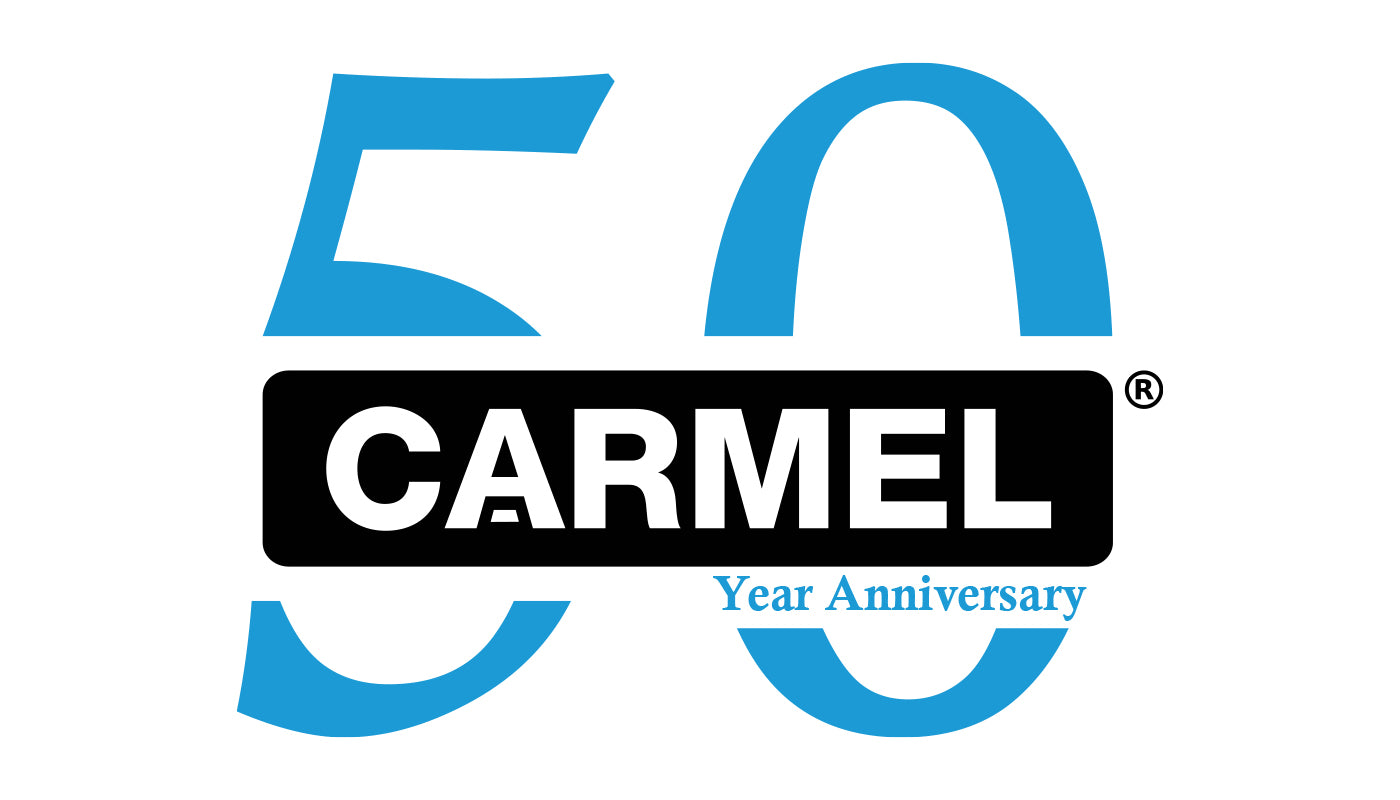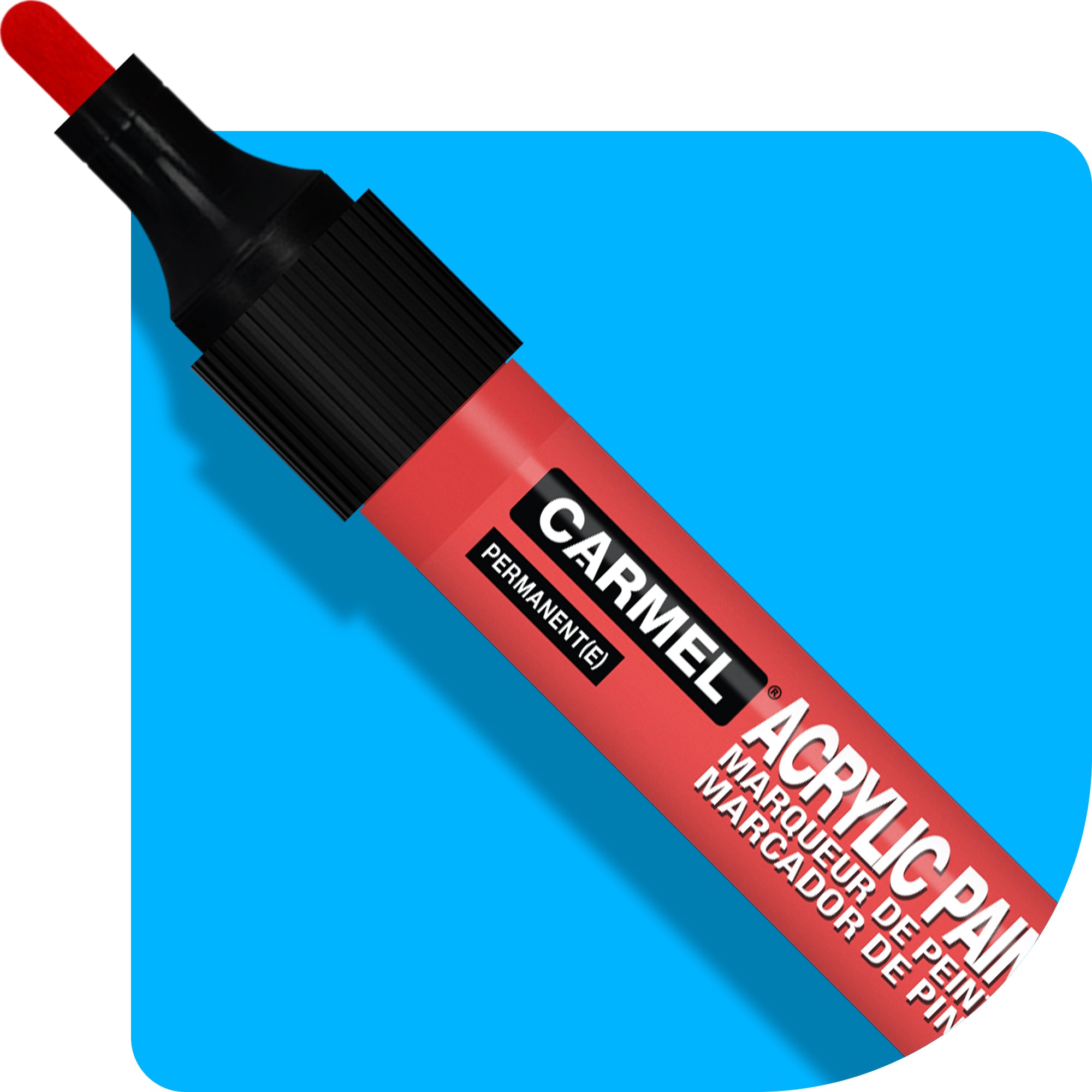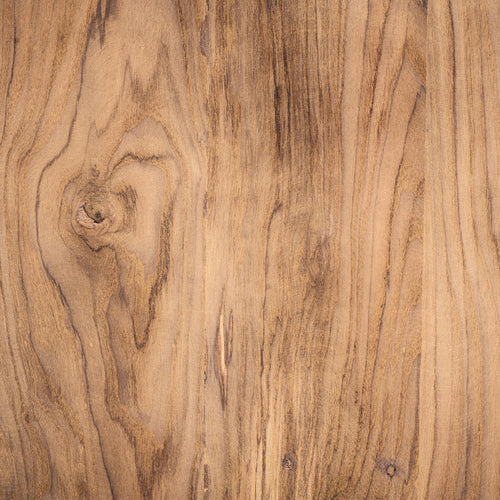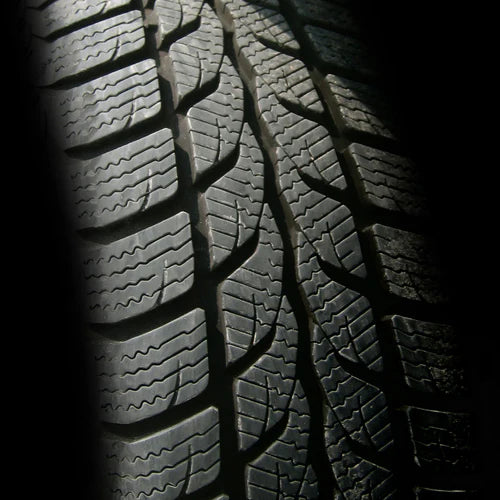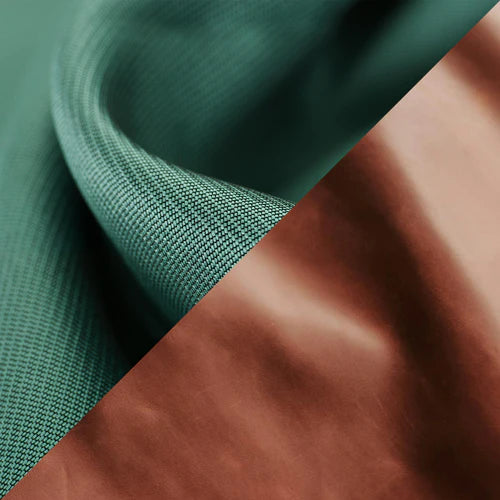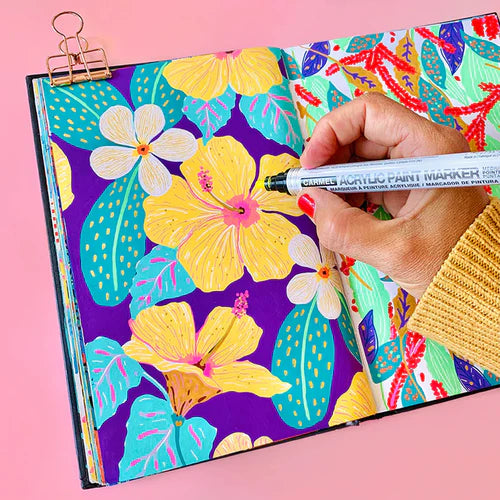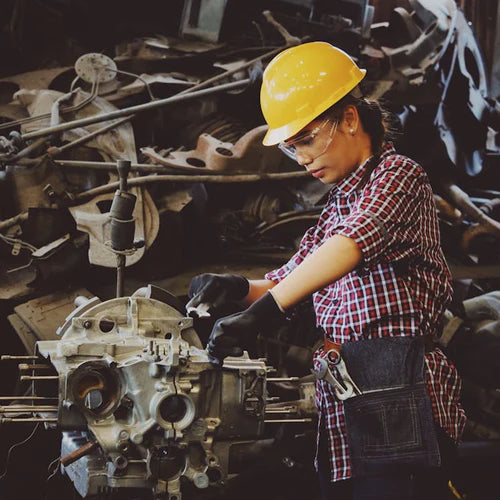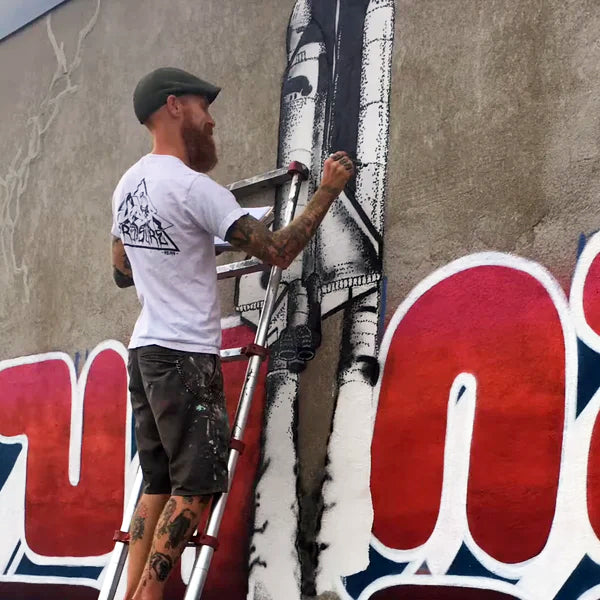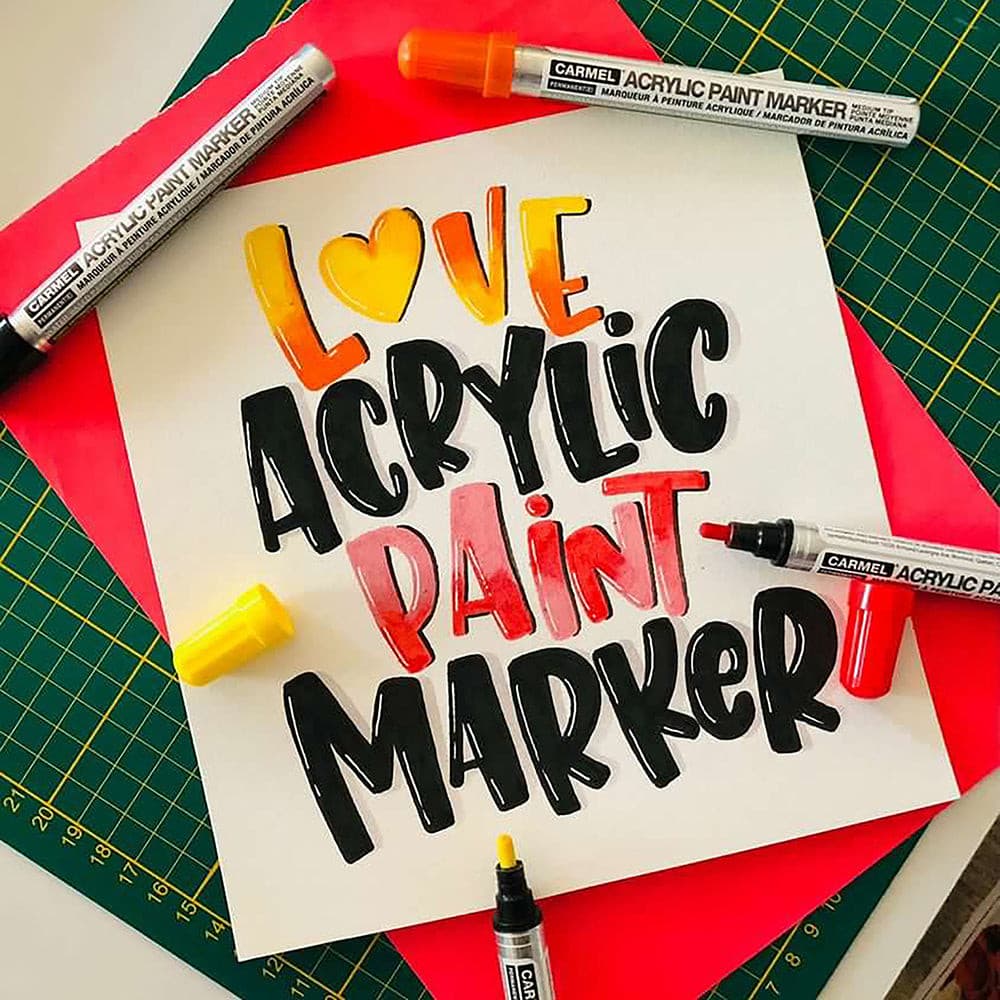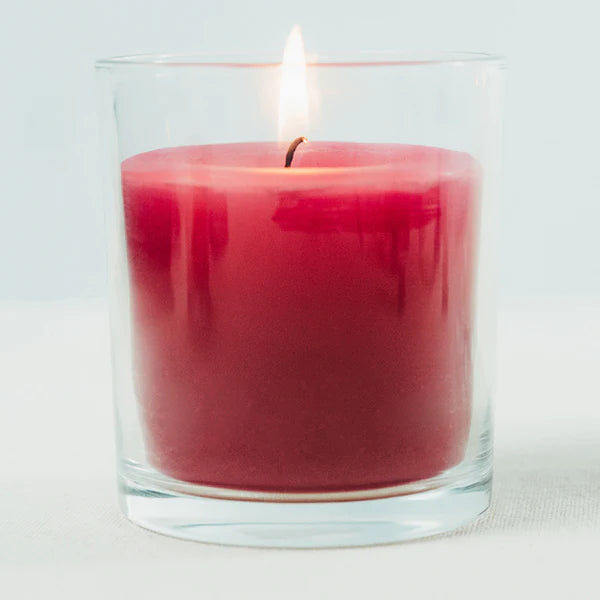Street Art
Paint markers in street art
What is Street Art?
Contemporary street art is a legitimate artistic
practice which is heavily inspired by urban graffiti from the 1970s until today. As such, street art shares some stylistic terms with graffiti culture. Three typical street art styles are tagging, bombing and wildstyle. These styles are usually distinguished by how complex they are and how long they take to complete.
Before we get into these, it’s important to know another basic street art term: handstyle. The stylized writing you’re likely to associate with contemporary street art generally consists of the artist’s name written in a unique script. Street artists spend a lot of time developing their own style of writing, which is called a handstyle.
Tagging, Bombing and Wildstyle
A tag consists of writing the artist’s name in one colour. It’s the simplest and fastest type of street art. Tags are a quick opportunity to display the writer’s handstyle.
A throw-up or bombing is a slightly more complex version of a tag, in which two or three colours are used to create contrast. It’s still a relatively quick practice and not focused on aesthetic impact as much as getting your name out there.
Wildstyle is a complex form of street art writing, usually involving interlocking and highly stylized lettering that is difficult to read for those unfamiliar with the style. It’s often featured in more mural-like creations and contains many colours.
Finally, street art pieces are like free-hand paintings. Pieces can feature any kind of subject – not just the artists’ name or crew. These are distinct from the typical signature-like street art writing that you see around most cities.
How Paint Markers Fit In
Street art writers use paint markers extensively in their craft, especially when it comes to tagging and bombing. While aerosol cans and paint rollers are more adapted to larger outdoor projects that can feature a variety of colours, paint markers are perfect for quick work in higher-traffic areas, such as on commercial buildings and public squares.
The Street Artist’s Concerns
Street artists have a few extra concerns that most others don’t.
- Street art is all about making your mark and asserting your identity. As such, artists would like they work to last as long as possible, and specifically resist wear and tear. A paint marker’s durability is an important feature for many street artists.
Permanent paint markers that deliver durable, opaque paint that won’t easily dissolve, wash off, or mix with other colours are highly sought after in the street art world.
- Multi-Surface Adhesion. Finally, since the typical street artist works on a variety of urban locations, it’s important that their paint fits the canvas. From painted brick to wood to metal to exposed concrete, the street artist needs to deliver paint to a huge array of surfaces.
The more versatile a paint marker is in terms of surface adhesion, the better. Multi-surface paint markers would be ideal for a street artist. In some cases, more specialized markers with different tips – such as ballpoint tip paint markers – could be a great choice.
DIY Street Art Tools
There’s an important tradition of home-made marking tools in the street art world. The most common is probably the “mop” or mop marker. This is essentially a squeezable marker with a wide felt wick that gets soaked in paint prior to application.
This type of marker is used to create the classic drip effect commonly seen in some street art. It’s highly desired for its ability to deliver a lot of paint to a surface. Mop markers are relatively easy to make and re-fillable, which makes them a valuable tool in a street artist’s arsenal.
Street-Inspired Art and Culture
You often see street art as an art style or technique that can be found in art pieces commissioned by public institutions, commercial organizations and private collectors.
Street art festivals like Montreal’s Under Pressure are a great example of the practice gaining mainstream acceptance as an art form. Street art is still associated with hip hop culture, and often appears alongside concerts in these types of festivals.
As more high-profile street art gets worldwide exposure, tagging and bombing remain an important part of the underground.
Wherever they are working, street artists maintain a sense of shared culture and community that is unique among artists. With that shared culture comes ideas about tools of the trade, and you’ll find a vast array of discussions about the best products to use online.
Paint markers are increasingly becoming a key tool for street artists, whether they are tagging around the city or creating pieces for large festivals.
